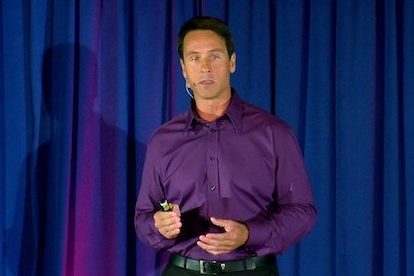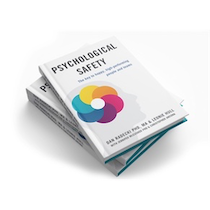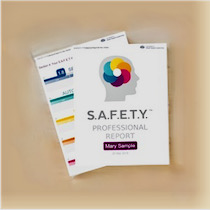Trainers tend to project absolute confidence in their training methods, their ability to deliver, and the learning outcomes for their clients. However, internally many of us experience an unease that constantly keeps us wondering if we could be doing something better. Making it worse, each month there are so many new products pushed into the market touting the latest fad to help learners. In fact, nearly $2 billion was invested in education technology in 2014, and there are thousands of startups in the space.
All these resources invested in new education tools leaves trainers less and less able to find the diamonds in the rough; there is not enough time to evaluate all the products coming out. What’s more, this leaves training professionals struggling to keep up and, for some, feeling insecure about their own capabilities and future relevance.
Trainers want to know they are doing the best job for their clients and students. They want to have confidence they are not missing anything. And more importantly, trainers want to know their programs and abilities are going to be relevant in the future. This means being able to avoid the get-rich-quick fads, which may generate money in the short term, but negatively affect reputation in the long term. So, how do trainers sort through all the clutter to get to the good stuff?
Thankfully, there is a body of knowledge that can act as a guide. The structure of the human brain has been mostly unchanged for millennia. Though our average IQs drift upward each generation, fundamentals of human learning have not changed. The aspects and limitations of being human have remained the same. Things like social pressure have an impact on classroom learning (both for the good and for the bad). Humans have a reasonably fixed learning speed, though we have a lot of individual variation. Emotions and motivation are critical in the learning process. We all have limited attention spans, and distractions are still distractions. Using the findings from neuroscience, social psychology, evolutionary psychology, and interpersonal neurobiology, we can make it easier to evaluate new learning tools and methodologies.
For example, the range between the high and low IQs in our workforce remains broad. This is significant because it affects the pace a trainer can use in going through the training material. The risk is that a trainer who goes slowly will tend to lose the attention of the faster learners, and a trainer who goes too fast will lose the slower learners.
Unfortunately, this is a case where an average pace can yield poor outcomes for both slow and fast learners. Furthermore, fluid intelligence, the measure of how quickly people can absorb information, is difficult to measure before setting the pace of a course. The existing solution is to set a pace for the course and then adjust based on class feedback. However, social pressure (the risk of looking bad by losing social status) can mean that the slow learners actively find ways to provide misleading feedback, making accurate adjustments impossible.
Knowing this fact can help a trainer in two ways:
- Having a science-based paradigm helps to quickly diagnose a problem within a training program and search for specific tools to remedy it.
- When evaluating a new technology, it provides a framework to ask questions to support the evaluation process. For example, a trainer can ask the question: Does this technology enable fast learners to stay motivated and slow learners to learn at their own pace while avoiding the risk of losing social status?
As this example illustrates, having a base of scientific knowledge can be invaluable for a trainer in terms of confidence and credibility when searching for or evaluating new training solutions. At the Academy of Brain Based Leadership, we have put together a whitepaper to summarize the scientific knowledge about human behavior, learning, and decision making to help trainers gain the basics to support their pursuit of excellence. The goal is to provide talent development professionals a reference document for consideration when selecting and designing training programs and materials. Don’t miss out on a free copy of the whitepaper The Science Behind Training Effectiveness, which is available for download.










